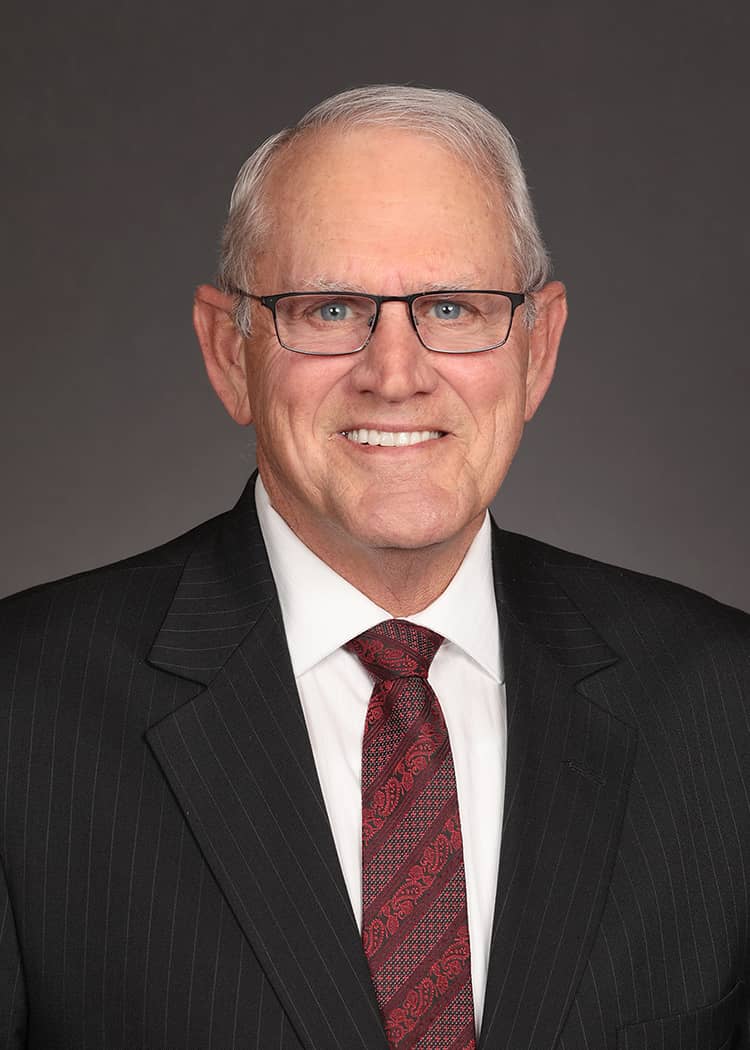
A sweeping bill that could fundamentally change how K-12 education in Iowa is funded will be up for debate today in both the Iowa House and Senate. House File 68 and Senate File 94 are companion versions of legislation that, if approved, would expand public funding for students to attend private schools for K-12 education, equivalent to the proposed per pupil funding for public schools in 2023-24.
Termed Educational Savings Accounts as part of the “Students First Act,” the bill phases in the use of those dollars over two years to families earning less than 300% and 400% of the poverty line and for any students transferring from a public school, before opening $7,598 each to all students attending accredited private schools by 2025-26 for tuition, textbooks, testing, and other approved costs of education.
State Senator Ken Rozenboom, who chairs the Senate Education Committee and is a long-time supporter of expanding what he and fellow proponents deem school choice legislation, says the reason why income limits have not been included in the bill proposed by Governor Kim Reynolds in the long-term view is that there are no restrictions of funding of wealthy families attending public schools. He also acknowledges the current scholarship amount would not cover tuition at most private schools.
“Critics say school choice will take funding away from public schools–that claim is simply not true,” Rozenboom says. “Every year since 2013 the state has provided record amounts to K-12 education, and we will continue to do so. Next year, Iowa schools are expected to receive over $17,000 per student, an average of over $340,000 for a classroom of 20 students, and a total of $8 billion statewide from all sources.”
The bills come to the floor of both chambers of the Iowa Statehouse today, despite there being no non-partisan cost estimate from the Legislative Services Agency, a common practice for most legislation. Governor Reynolds’ staff has released estimates that once fully implemented, the ESAs — or called vouchers by opponents, would cost approximately $350 million annually. The math comes from the anticipation that 40,000 students in Iowa would attend one of 183 accredited private institutions (currently estimated at 34,000 enrolled), and includes $1,205 in per pupil funding in public districts where those families live.
Without specific data immediately available, Rozenboom estimated that 500 students living in the borders of the Pella Community School District attend Pella Christian Grade School and Pella Christian High School — which would equate to roughly $600,000 in new funding for the public schools, but that’s assuming no students would leave or transfer to the private option, that would instead deduct a net of $6,300 for general fund uses and additional sales tax money that couldn’t be claimed.
However, 42 Iowa counties don’t have a private school, according to the Iowa Department of Education, meaning those public districts would lose all funding if families moved out of their borders to attend another option — which was a concern of many Republican opponents of previous efforts to pass ESAs in Iowa in 2021 and 2022.

